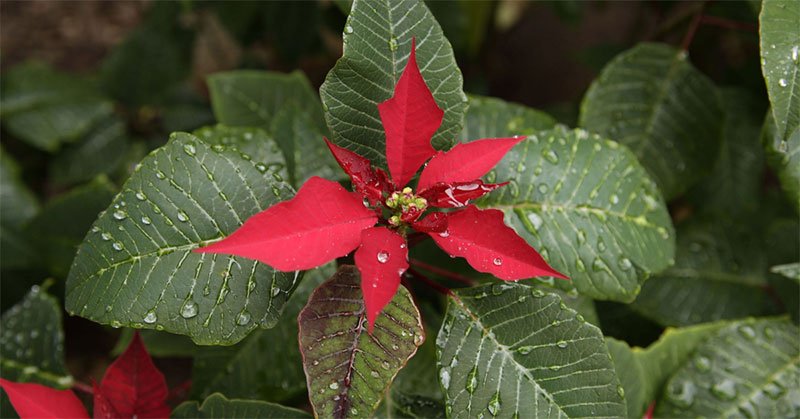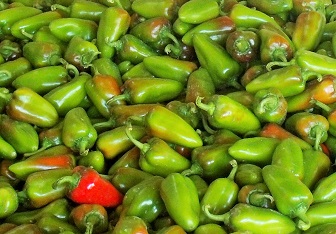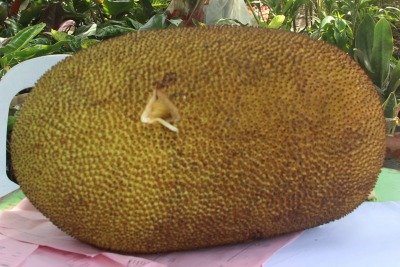Poinsettia or otherwise known as the Christmas flower. This is one of the most popular holiday flowers all over the world.
And, during the holidays this is the one flower that everyone wants.
The only problem is that this is a delicate plant and needs special care.
This is why so many people are struggling to get this flower to stay beautiful and to get the flower to bloom again, during the next season.
With this guide, you are going to get everything you need to know about poinsettia, how to care for it, the watering guide, and how often you should water the plant.
Everything to ensure that when the holidays start, your poinsettia will be as beautiful as the day you bought it.




